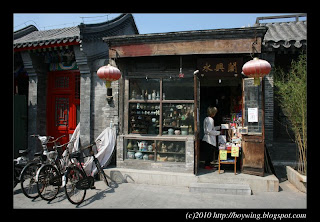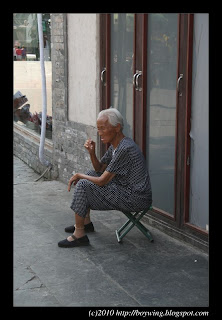It was interesting to see and it would take several weeks to see it all. We had only one day and most of it we spent in queues to enter the most popular places. I actually refused to queue for the most popular because of queueing times of around four hours. Instead I focused at the ones with shortest or no queues.
Wedding wagon from Mongolia.
Interesting facade on a building.
Beautiful old style house with hand carved wood details.
It was very tiresome
so a rest is needed.
The gardens need constant work.
England made this giant seed.
Filled with real seeds.
A lot of seeds.
Seeds of all kinds and shapes.
They where like ALL OVER.
The Swedish Pavilion. I showed my Swedish passport and they let me jump the queue and enter via the VIP entrance. The same trick worked in all the Scandinavian pavilions. Good to be Scandinavian on the World Expo in Shanghai. :)
Fried dumplings for dinner!
Australia by night.
Malaysia by night.
Night view over the theme pavilions.
The giant China pavilion. You can see 5 floors. Under it you have all the Chinese provinces.
The Yunnan entrance.




























































